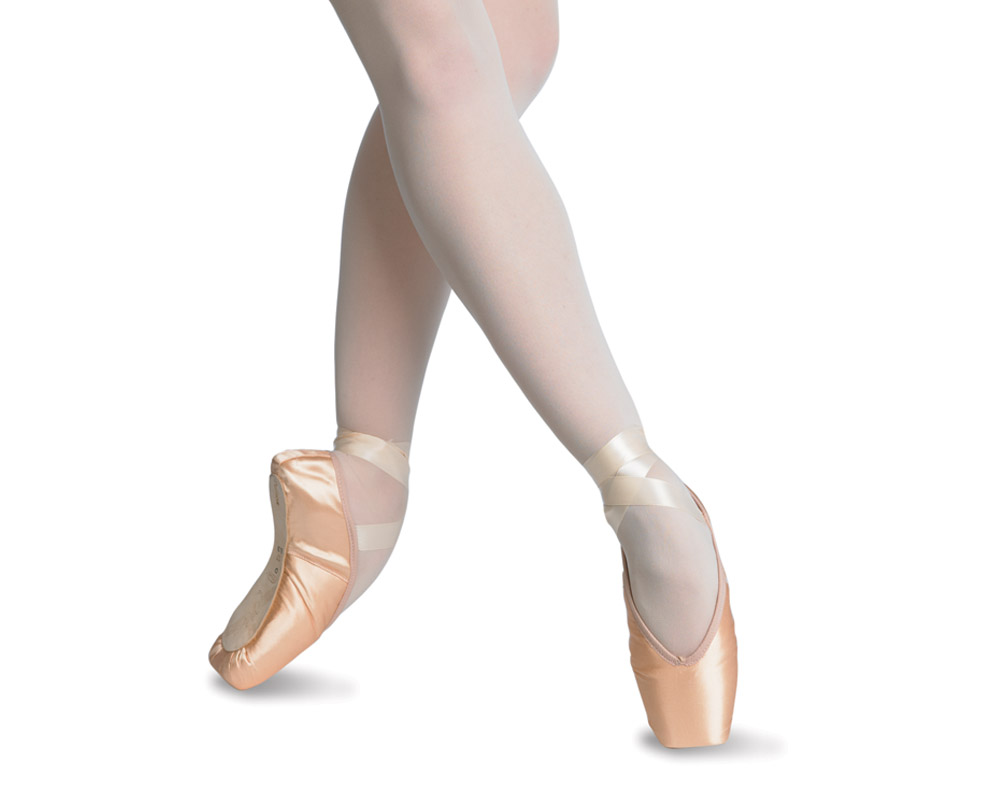
As ex-professional ballet dancers at Dance Direct, pointe shoes are carefully selected as essential elements of the young dancer’s dance journey. As foot strength and technique increases, young dancers are able to make the transition onto pointe and expand their dance capability.
Stocked by Dance Direct are pointe shoes from brands Bloch, Capezio and Sansha, which are suitable for both beginners and advanced dancers alike. Each shoe and its design have their own specification which is extremely important, as each dancer is different, and requires different things in order for their pointe work to be successful. Each foot is different, and some shoes even require a little personalisation on the part of the dancer to make sure the shoe fits their foot perfectly. Many dancers, both professional and non-professional, have been known to cut, modify and completely renew their shoes, even in order to make them last longer.
It is often useful to know a little bit about each of the brands’ shoes before going to try them on for the first time:
Specifically, Capezio’s shoes have been crafted to offer maximum support for balance and comfort. The top quarter of the shank is shaved so the sole follows the foot enhancing the instep on and off pointe, increasing fluidity of movement for the dancer.
On the other hand, in Bloch’s revolutionary new pointe shoe the Axis comes with a TMT toe box and TMT shank. The Axis is a tapered shoe that looks delicate, light and beautiful en pointe. It is a quieter shoe with cushioned pleats to reduce noise, and it is built on a curve last. This new pointe shoe from Bloch is more suited towards professional and serious students.
Finally, Sansha’s unique pointe shoes are designed for dancers at all levels of training: the shoe has a large platform and supportive shank for all kinds of work.
And don’t forget… there is 15% off the following pointes shoes until midnight on Sunday 3rd Feb:
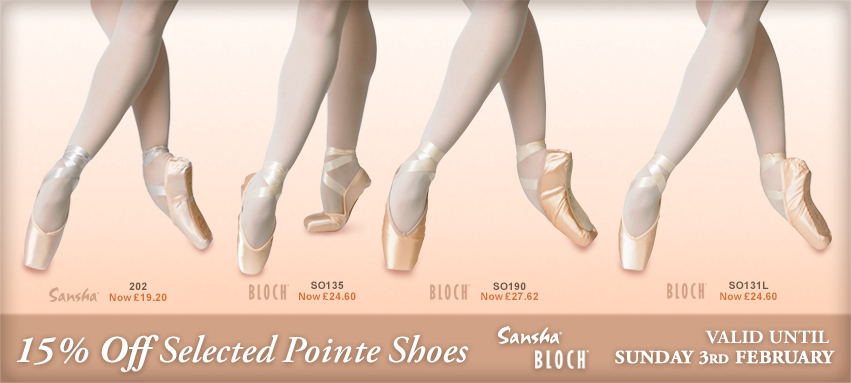
Sansha 202: http://bit.ly/X7IvdS
Bloch SO135: http://bit.ly/WwIVtm
Bloch SO190: http://bit.ly/Way5fW
Bloch SO131L: http://bit.ly/112qCUv
To see our full range of pointe shoes visit this page: Dance Direct Pointe Shoes .




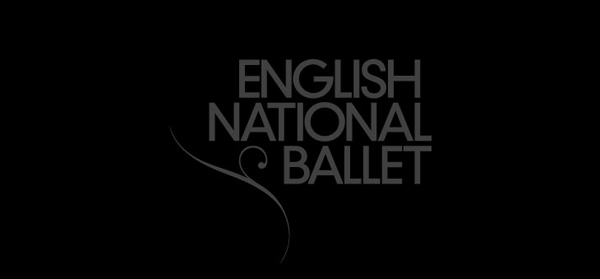
 “Shin splints” is the term for the ache and pain around the tibia and fibula which are the bones at the front of your leg that run from your ankle to your knee. They can be treated and prevented, but here’s the low down on the truth behind this troublesome condition.
“Shin splints” is the term for the ache and pain around the tibia and fibula which are the bones at the front of your leg that run from your ankle to your knee. They can be treated and prevented, but here’s the low down on the truth behind this troublesome condition.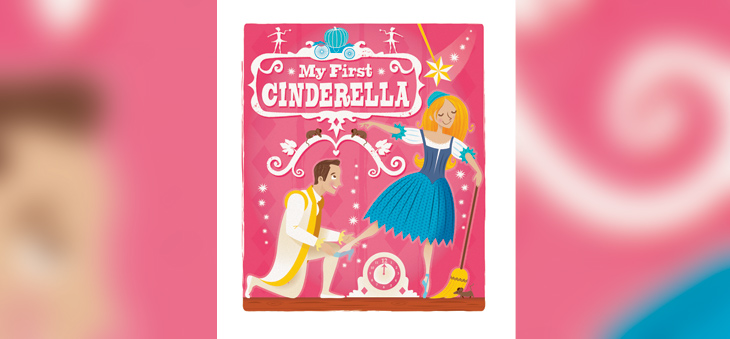

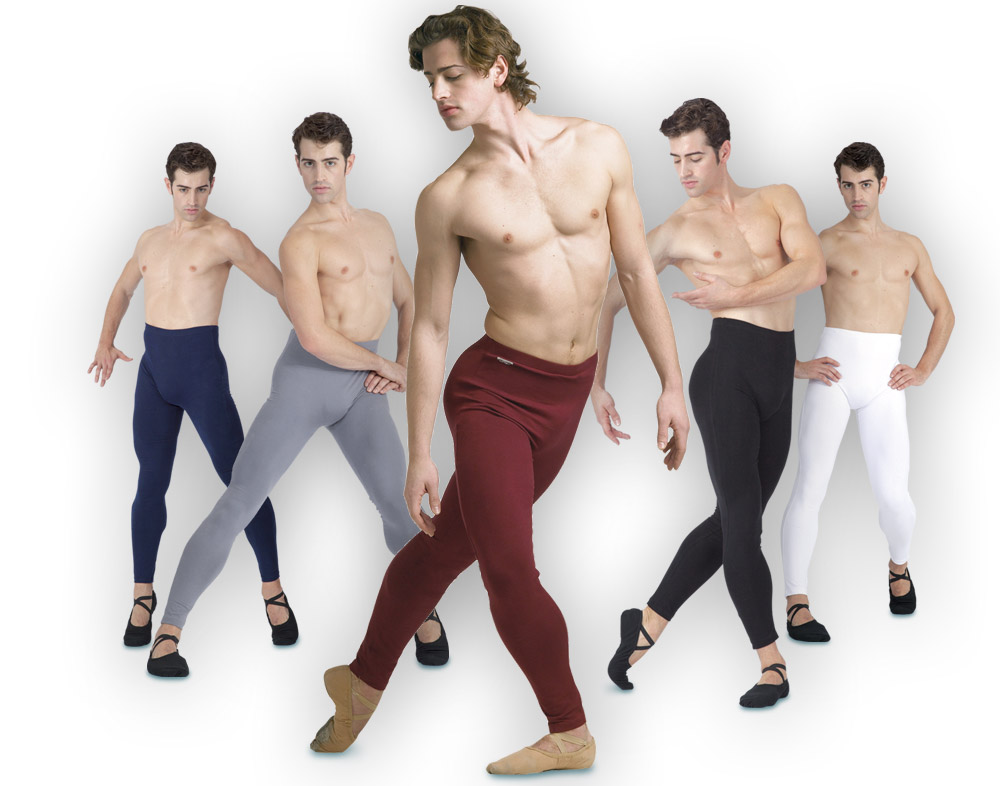
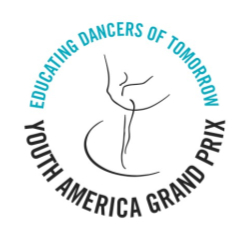 The Youth America Grand Prix was formed in 2000 as a non-profit educational organization in order to support and develop world-class dancers from the ages 9 to 19, of all backgrounds and styles of leotards. YAGP aims to provide educational opportunities and scholarships to the world’s leading dance schools for young dancers as a global network of resources and opportunities which connect students, teachers, schools and dance companies.
The Youth America Grand Prix was formed in 2000 as a non-profit educational organization in order to support and develop world-class dancers from the ages 9 to 19, of all backgrounds and styles of leotards. YAGP aims to provide educational opportunities and scholarships to the world’s leading dance schools for young dancers as a global network of resources and opportunities which connect students, teachers, schools and dance companies.